
| Blogs
Unlocking the true potential of EPR and EDMS: Insights from HPN South and the path to NHS digital transformation
< Return to the insights hub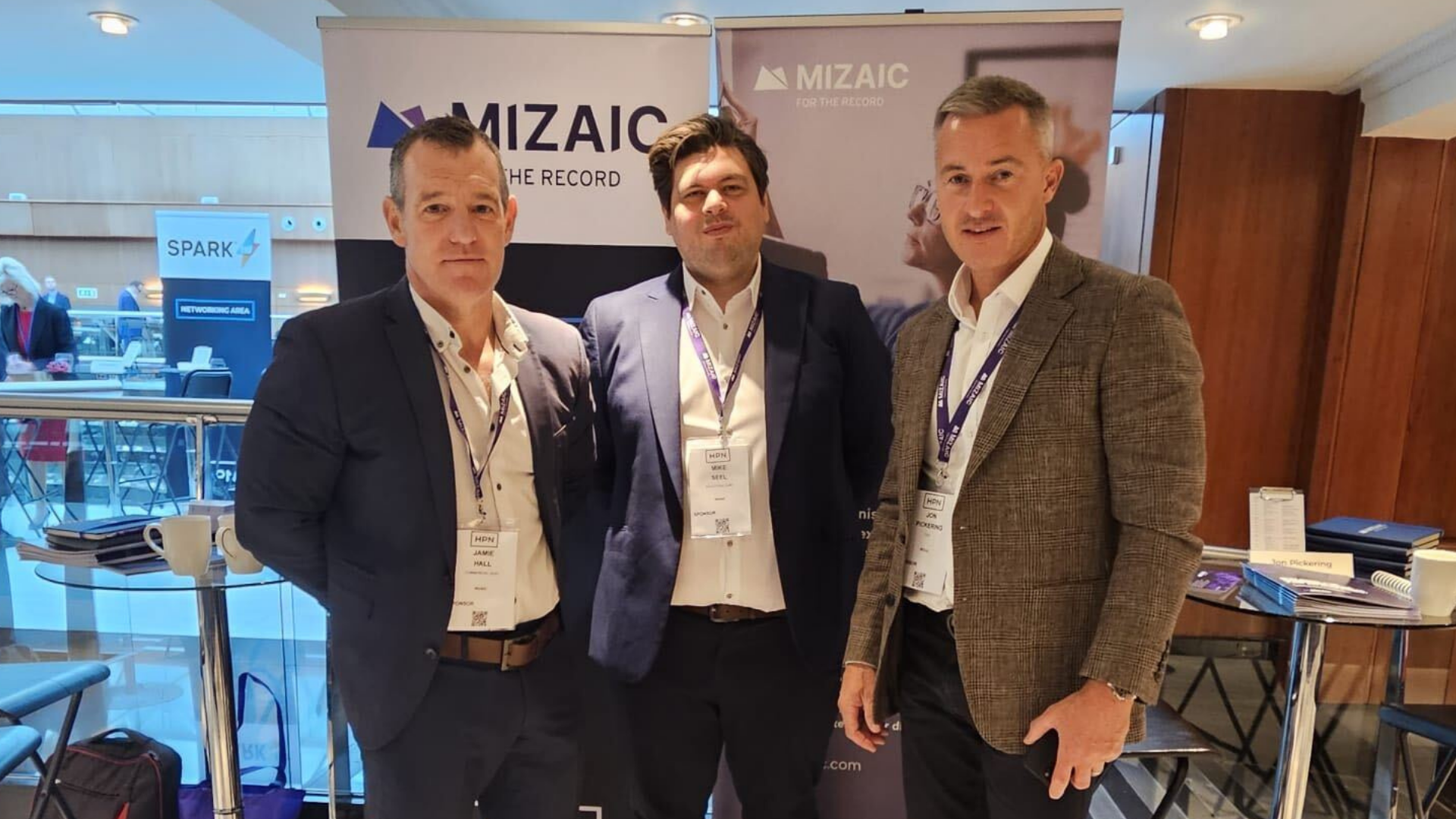
Recently, I attended the HPN South event with the Mizaic team. Credit to HPN for organising a great couple of days with an excellent set of sponsors – a high-quality cohort of NHS representatives and an agenda that generated insightful debate and interaction.
I have lots of key takeaways from the many conversations with NHS stakeholders, but the main one that stuck with me, to my surprise, is that there does seem to be a lack of understanding of the different roles both an EPR and EDMS play within an NHS digital strategy. An EDMS is very different and performs a valuable and complementary role to an EPR.
I think that most people believe an EDMS is a digital archive solution. That is 100% correct, as it is one of the core functions of any EDMS, but what else should and could it do? We have never thought about our application as just being a digital archive, and maybe that is where some of our frustration comes from.
We have always focused on enabling patient history to be viewed by clinicians digitally at the point of care. We have been more than a digital archive solution since the business was formed 8 years ago. Not just managing documents, but presenting the ‘patient history view’ for clinicians to quickly and easily find the document they need.
Through our development roadmap, over the next 12 months, we plan to evolve this much further by incorporating advanced technologies such as AI and LLM into our tech stack. This will provide key insights from the patient history to the clinician at the point of care – to enable a more complete understanding of the patient that sits in front of them. This will make it much more than just an EDMS and allow us to stay focused on our goal of revolutionising the clinician : patient experience.
It’s best to think of EPR as your active day-forward health record for each patient. An EPR stems the tide of paper produced during clinical interactions, by allowing clinicians to enter notes directly into the system, instead of writing on paper. But this doesn't eradicate the need for patient history, which is inherently paper-based. A clinically focused EDMS, if implemented correctly, integrates with the hospital’s chosen EPR. This is what we mean when we talk about EPR x EDMS as the foundation for true digital transformation for the NHS. The EPR will also not address the £1bn paper problem that The Times reported on last week. EPR and EDMS both have very important, but different, roles to play – together.
The number of times I had to explain this over the two days at HPN South did surprise me, but then, I also have a lot of understanding for the NHS and the position it's in – trying to establish a path forward to transform hospitals into digital operations without adequate government funding to achieve the goals they have been set. This is under the backdrop of a lack of skills and resources to deliver key projects which only allows them to do so much.
Is the NHS really on the brink of this tech/digital transformation everyone talks about when due to resource and funding shortages, it’s having to prioritise which projects it does and in what order? It’s not being encouraged and supported to consider all the key components of a comprehensive, and well-thought-out, digital strategy.
To give some context, to complete an EPR project followed by an EDMS project, these two projects done consecutively would take 4-5 years, best case, to deliver! I think that despite the messaging being delivered centrally by the government and NHS England, the reality of going paper-free and being truly digital is a considerable distance away for most Trusts and in the meantime, we are left with libraries and storage facilities full of our medical records costing a fortune to operate.
I will continue to try and raise the profile of ‘EPR x EDMS’ with central bodies like NHSE in the hope they provide the funding support they need to transform hospitals at speed.
My other key takeaway from HPN was highlighting the importance of technology with know-how. The implementation and change management capabilities of a supplier are now more important than ever in ensuring that key projects deliver the outcomes and financial benefits they were procured for. It is imperative that we support our customers and the wider NHS through these intensive and significant change programmes with their resources stretched across multiple, important projects.
We need to guide the ICT and clinical teams through the transition away from manual processes – supported by paper – that, barring the odd tweak here and there, have been ingrained over decades. The human change aspect of any digital transformation project of this size is far more difficult than installing technology, so we put an enormous amount of focus on ensuring our solution is highly adopted when implemented.
From working at Mizaic over the past year, our knowledge and experience in this area is something I have grown to appreciate more each day. This is what makes us different, and where we, and other respected tech providers, need to maintain focus to be successful and drive the NHS towards the digital future it desires.
Related posts

guide
The Challenge of Managing Access Requests in NHS Trusts
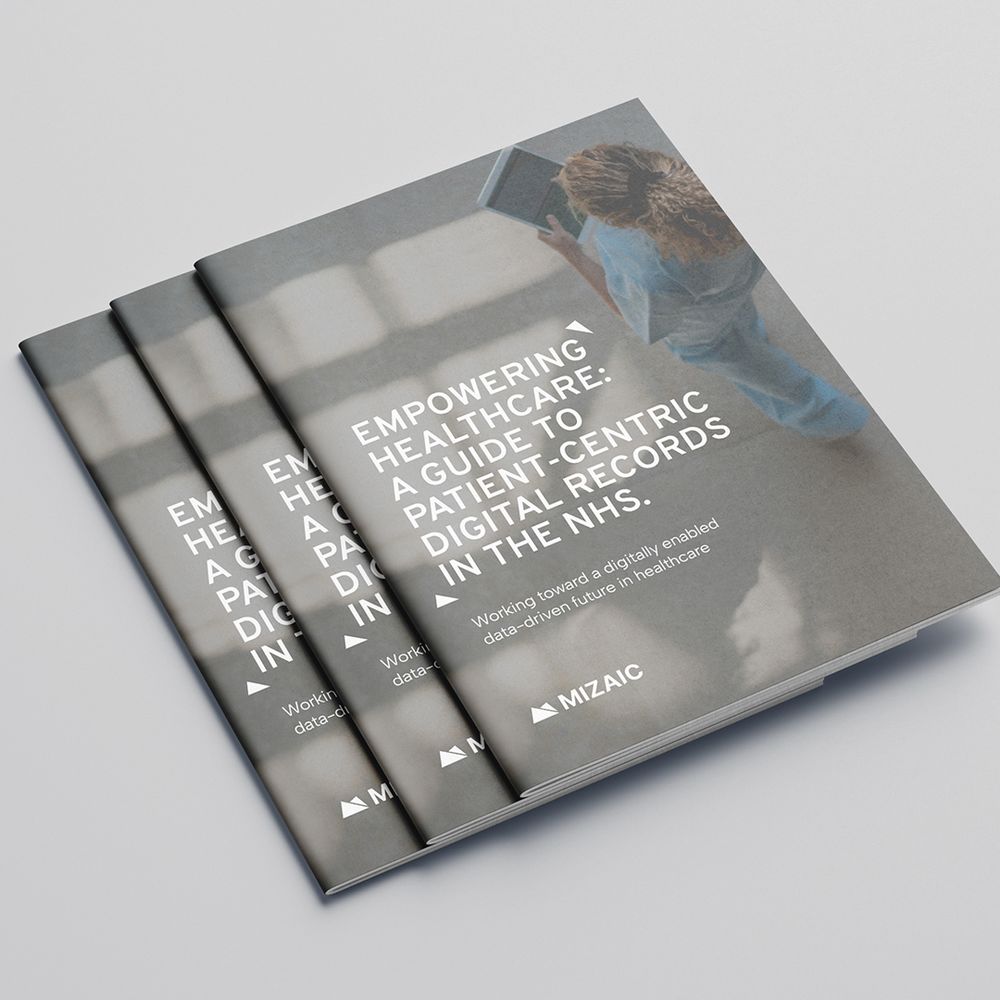
guide
Empowering healthcare: A guide to patient-centric digital records in the NHS
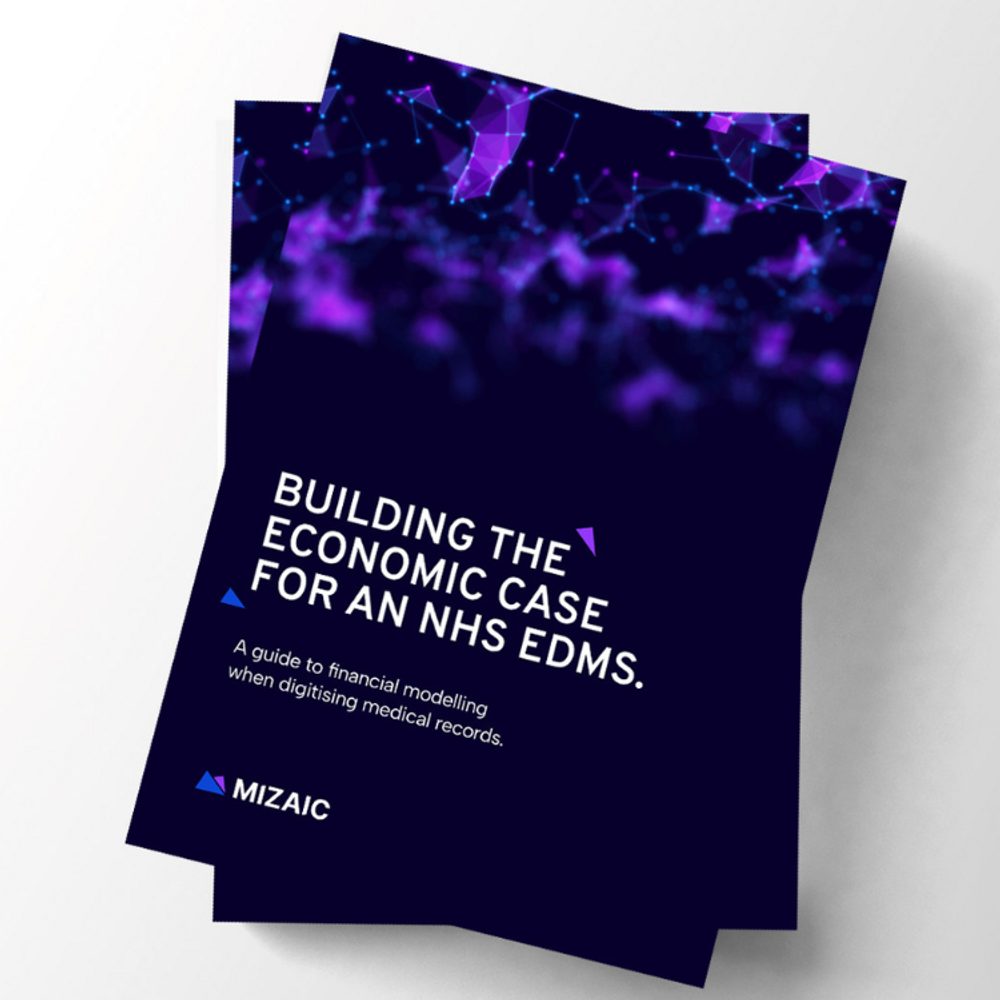
guide
Building the economic case for an NHS EDMS guide
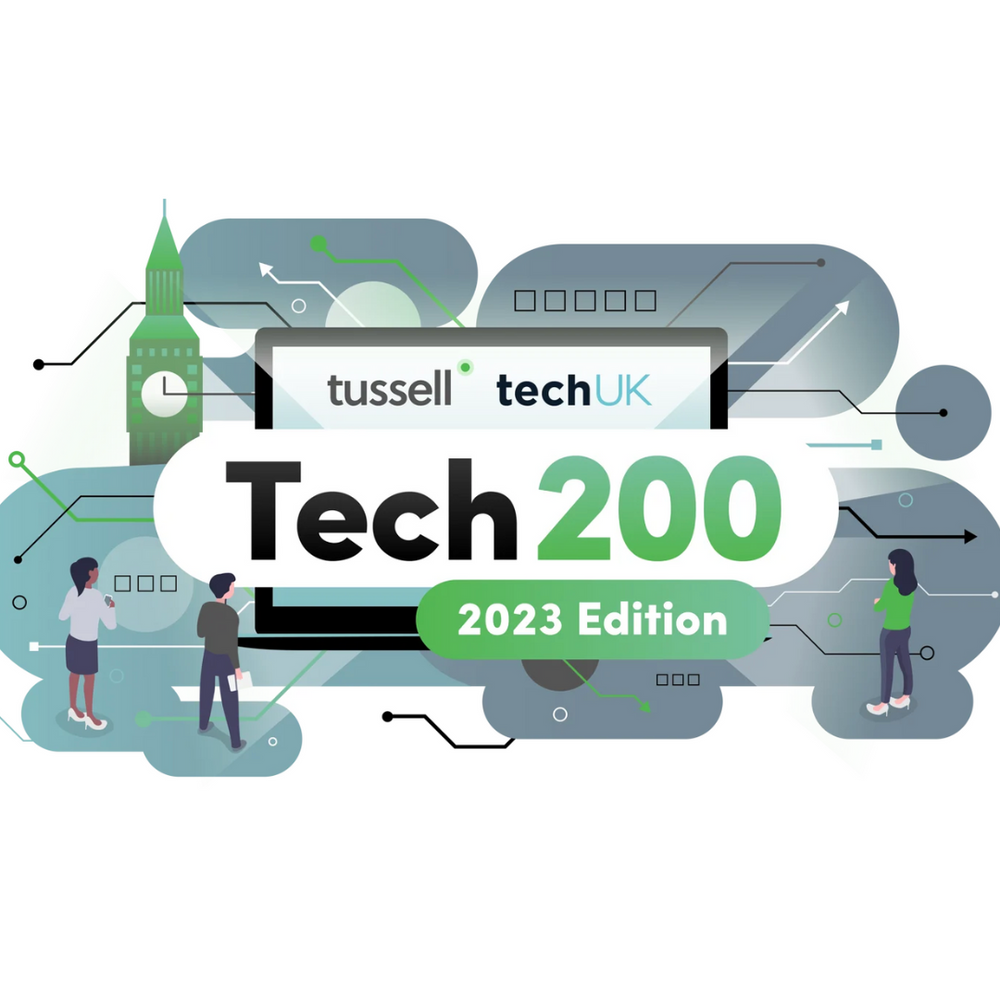
news
We’ve won 17th place in the Tech200 Awards!
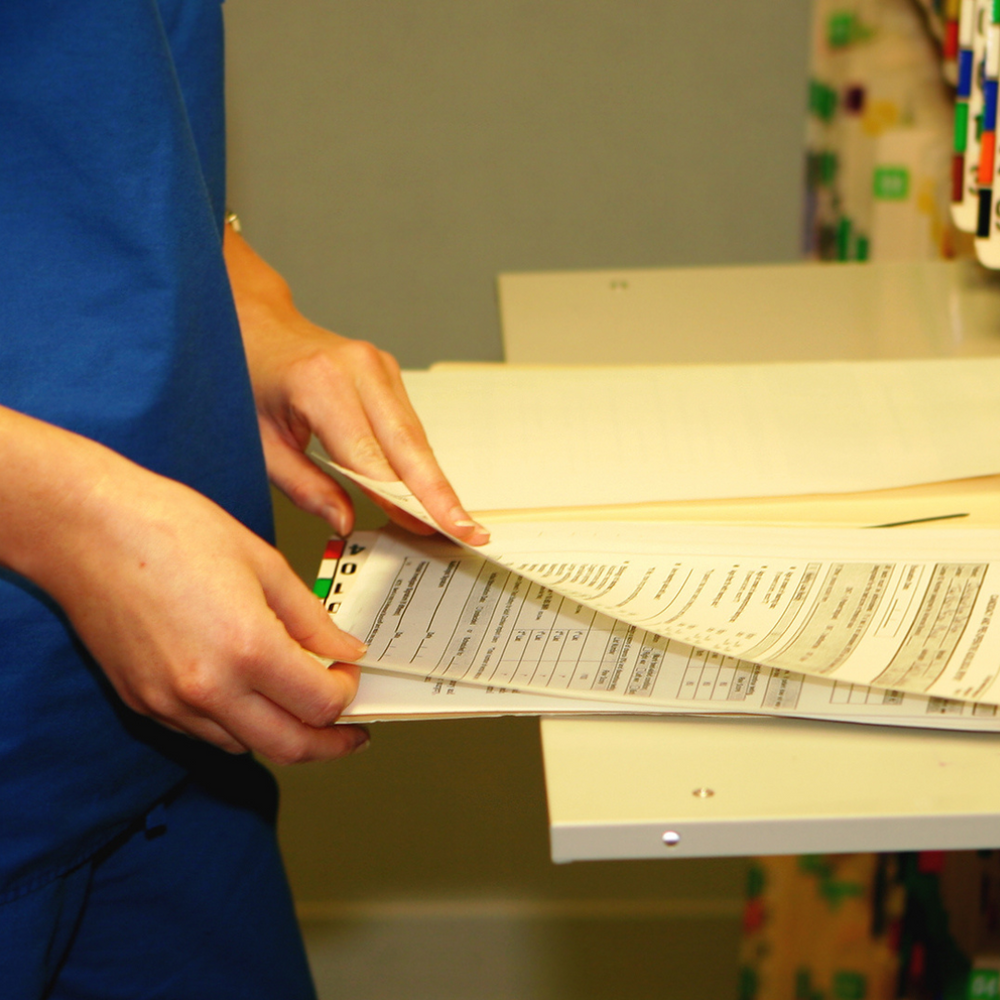
case study
Helping Northumbria Healthcare NHS Foundation Trust digitise 1m+ patient records

case study
Barnsley Hospital achieves digital excellence with partners Mizaic, System C and Iron Mountain

case study
Hillingdon Hospitals NHS Foundation Trust transforms healthcare infrastructure

case study
Helping Northampton General Hospital NHS Trust digitise 200,000+ medical records

case study
London North West University Healthcare NHS Trust celebrates 170,000+ digitsed records
